There were an estimated 4.3 million leasehold residential properties in England in 2016/2017, amounting to some 18% of the English housing stock, official figures show.
Of these some 2.3 million or 54% were in the owner occupied sector and 1.7 million or 40% were privately owned and let in the private rented sector, according to the figures published by the Ministry of Housing, Communities and Local Government (MHCLG).
The remaining 244,000 or 6% were properties owned by social landlords and let in the social rented sector.
Some 67% or 2.9 million of the leasehold homes in England were flats, 33% or 1.4 million were houses. These figures overall were unchanged from 2015/2016 when the last estimates were produced.
While just over half of flats were leasehold, proportions varied by tenure. In the private sector, 80% of flats were owned on a leasehold basis with 90% of owner occupied flats and 73% of privately rented flats.
Leasehold houses were less prevalent. In the private sector, 8% of houses were owned on a leasehold basis while 8% and 11% for the owner occupied and private rented sectors respectively.
In the social sector, 4% of houses were leasehold, though this varied by whether the house was owned by a housing association or a local authority. Less than 1% of local authority houses were owned on a leasehold basis compared with 6% of houses owned by housing associations.
Overall, detached houses were less likely to be leasehold than semi-detached or terraced houses at 5% compared with 8%. But there were a greater proportion of leasehold semi-detached or terrace houses in the private rented sector than the owner occupied sector at 11% compared with 8%.
Among detached houses, the apparent differences between the tenures are not statistically significant.
The figures are published at a time when there has been severe criticism of developers selling homes on a leasehold basis and then selling the leaseholds to private management companies which has left owners tied into every increasing ground rents and huge fees for making minor alterations such as changing the flooring.
A consultation has been launched to improve the leasehold sector and crackdown on these kind of unscrupulous practices. Under the proposals announced by the Secretary of State for Housing, James Brokenshire earlier this month, the majority of new build houses in the UK would be sold as freehold and ground rent for new leases would be be capped at just £10.
He also pledged that there will be help for existing leaseholders who want to buy their freehold by working with the Law Society to make this process faster, fairer and cheaper, and ensuring tenants are not hit by unfair rental costs.
But Mark Hayward, chief executive of the National Association of Estate Agents (NAEA), said the figures indicate just how many home owners, some 1.4 million, could be stuck with leaseholds that mean some cannot sell their property.
A recent report from the NAEA found that 78% of leasehold house owners bought their homes directly from the developer, and 65% used the solicitor the builder recommended. However, 45% didn’t realise they were only buying the leasehold until it was too late.
As a result, some 62% feel like they were mis-sold and the vast majority, some 93%, say they definitely wouldn’t buy another leasehold property.
‘Buying a home is a big undertaking, and those who buy a new build are often under the impression that buying something brand new means it will be perfect. Unfortunately though, that isn’t the case and most buyers have no idea about the trappings of a leasehold contract until it’s too late,’ said Hayward.
‘This should never have been allowed to happen, so as an industry it’s time we listened to the victims and sought a robust solution for all those affected,’ he added.
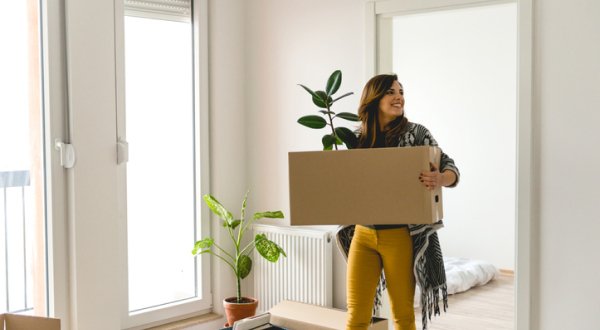


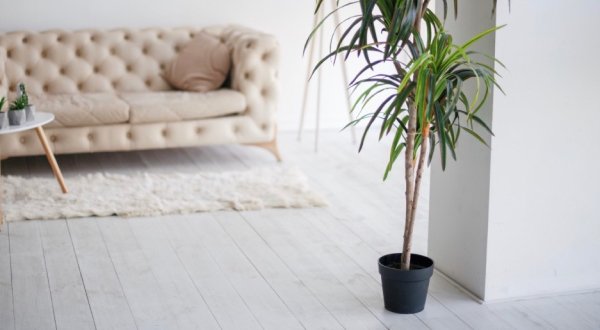




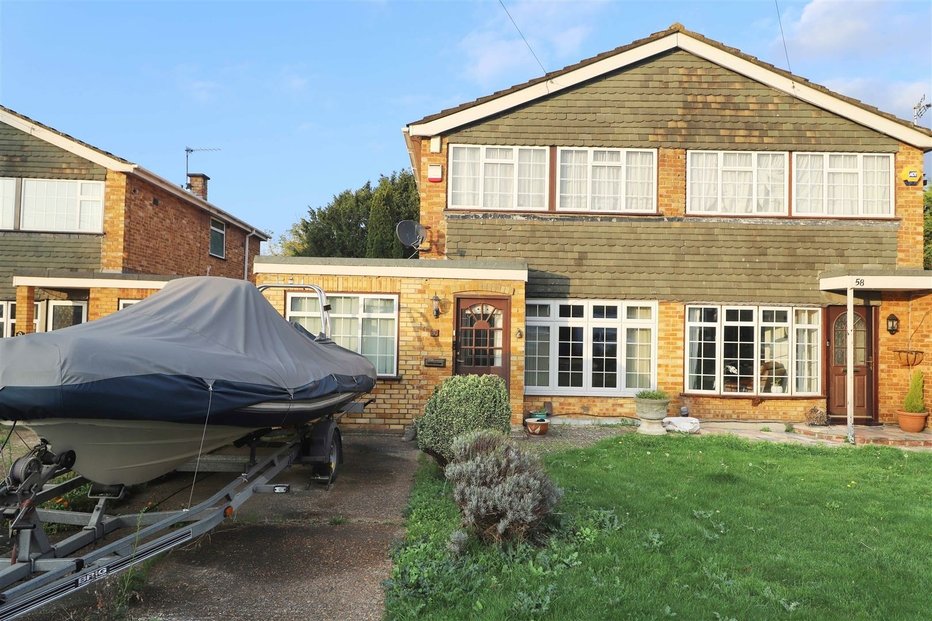

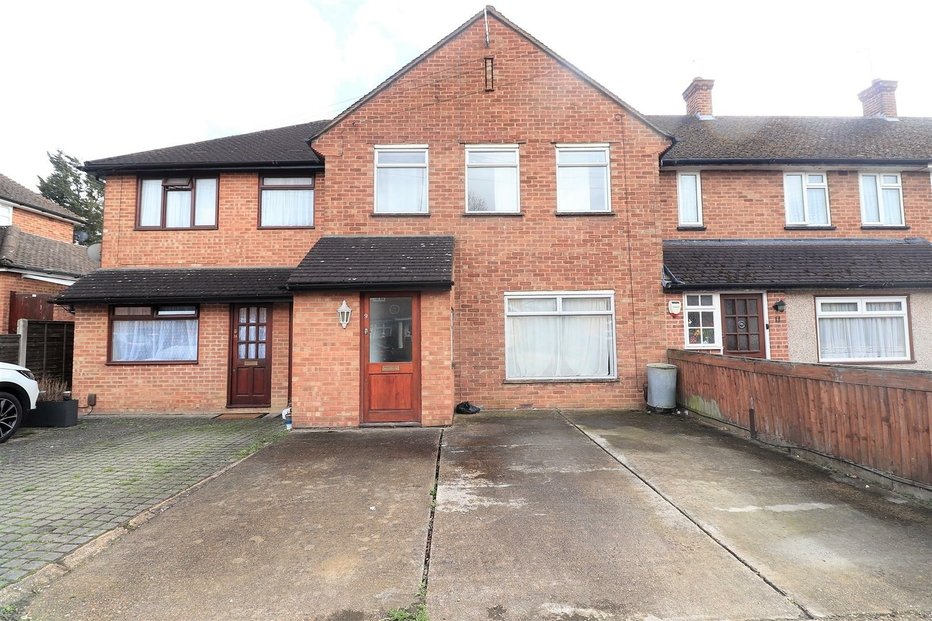

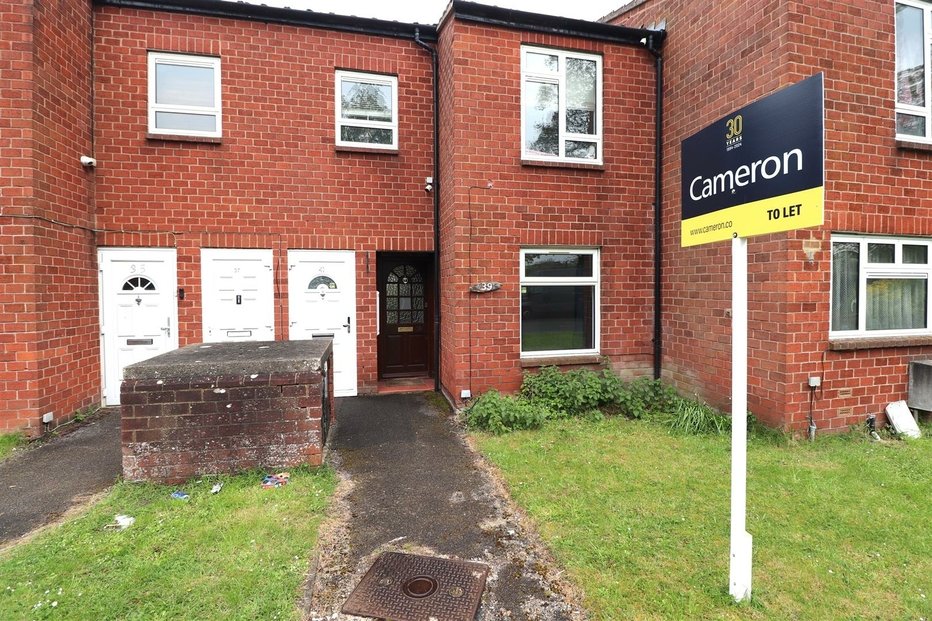



Having bought through Cameron, i felt they kept me update to date with everything that was going on. There was no hassle arranging viewings, and they helped me all the way through the process. Good, efficient service. Will definitely recommend!
... read more